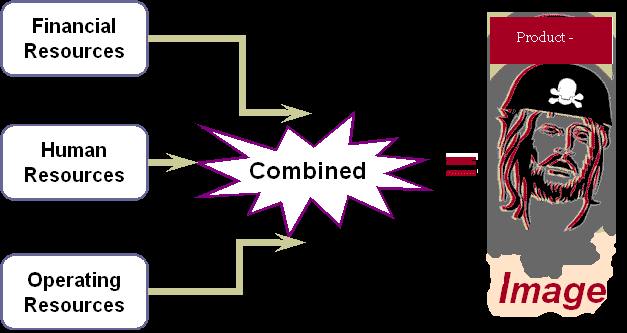It is important to consider what a site map is and realise that even if a site map is written in the correct way, in the right language, it might not necessarily function efficiently as a sitemap. The component information within the map may prioritize an incorrect order. Just because a sitemap looks like a site map doesn’t mean it is a sitemap. If we see something covered in feathers we call it a bird – what if the thing is covered in feathers, has no beak or wings, do we still call it a bird?
Sitemap protocol allows a webmaster or site owner to inform search engines about the pages on a website that are available for crawling. A Sitemap is an XML file that lists the URLs contained on a site and contains additional information about each URL: when it was last updated, how often it changes, and how important it is in relation to other URLs in the site. This allows search engines to crawl the site more intelligently.
Once you have created an XML sitemap and have loaded it up to your site what do you do with it? Google recommends you to first submit your Sitemap using Google Webmaster Tools. This means you will be able to validate your site, claiming ownership or access rights to the site, informing them you are responsible for updating, managing or optimizing etc. This will ensure that your Sitemap details are in your Webmaster Tools. In addition to your Webmaster Tools, you can also submit (and resubmit) your Sitemap using the following methods:
• Sending a HTTP request to Google
• Including your Sitemap location in your robots.txt file
A similar process of validation also works for Yahoo and Bing. Sitemaps are a URL inclusion protocol and complement robots.txt, a URL exclusion protocol.
